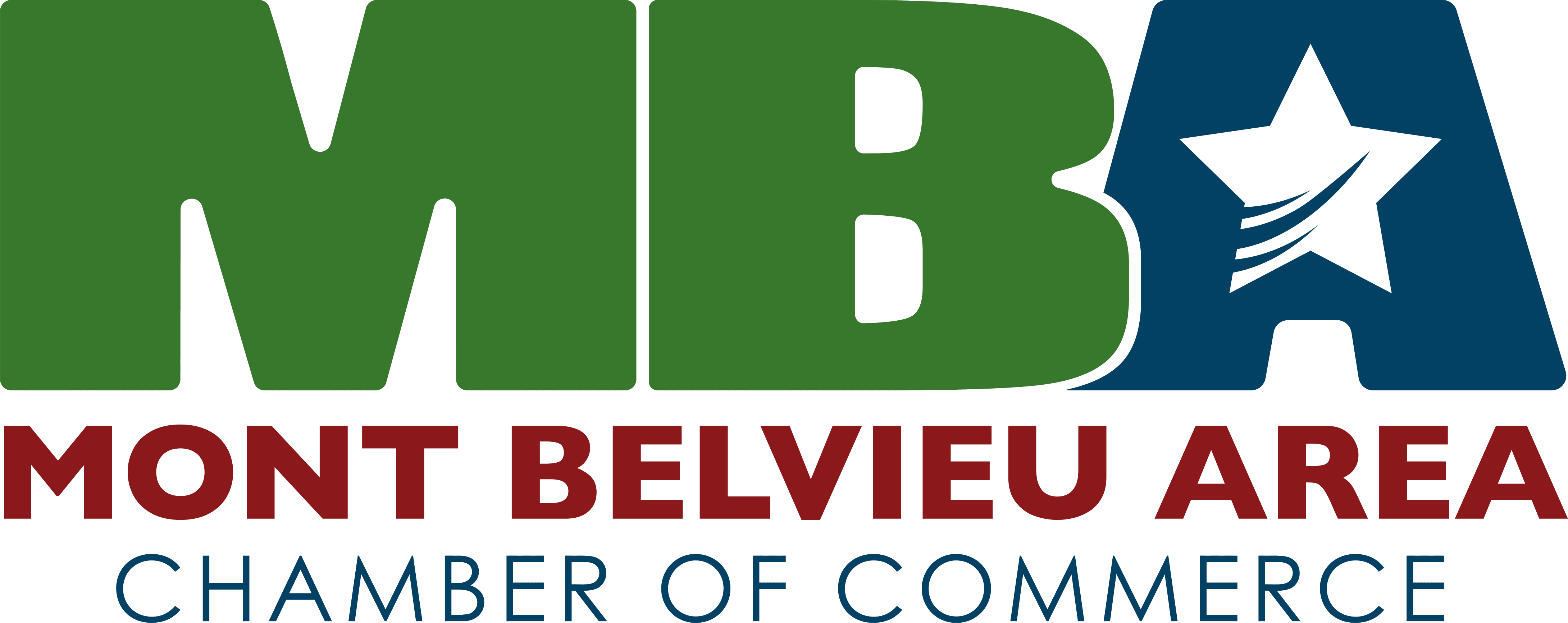-
Building a Debt-Free Business: Tips for Lasting Financial Success
September 26, 2025Running a small business often means juggling cash flow, growth opportunities, and unexpected expenses. If your company is carrying debt, the good news is there are clear, practical strategies to regain control and set yourself up for long-term financial health.
Start With a Clear Assessment
Before making big decisions, take stock of your current situation. This involves listing out every debt, its interest rate, repayment terms, and whether it’s tied to collateral. A basic spreadsheet can do the job, or you can use software like QuickBooks to track balances and due dates.
Crafting Winning Proposals for Growth
Sometimes, the best way to escape debt isn’t just cutting costs—it’s increasing revenue through new contracts or funding opportunities. Well-structured proposals can help you do exactly that. A strong proposal explains your business model, highlights the solutions you provide, details your implementation plan, and breaks down cost and time requirements. If you’re unsure where to start, this may help by offering a clear guide to proposal writing that positions your business for growth.
Actionable Debt Reduction Strategies
-
Consolidate high-interest debt: Explore refinancing through lenders like Fundera or local credit unions to simplify payments.
-
Negotiate with creditors: Many vendors are open to revised terms if it helps ensure repayment.
-
Trim unnecessary costs: Review subscriptions, unused tools, and non-essential spending.
-
Increase cash inflow: Consider offering limited-time promotions through platforms like Shopify or tapping into marketplaces such as Etsy.
-
Build an emergency buffer: Even $1,000 set aside reduces reliance on credit cards when small crises hit.
Comparison of Common Debt Management Approaches
Strategy
Best For
Pros
Cons
Debt Consolidation Loan
Businesses with high-interest debt
Lower rates, single payment
Requires good credit
Snowball Method
Owners motivated by small wins
Quick psychological progress
May cost more in interest
Avalanche Method
Minimizing interest costs
Saves money long-term
Progress can feel slower
Negotiating with Creditors
Cash-strapped businesses
Immediate relief, flexible arrangements
Can impact relationships/credit
Strengthening Long-Term Financial Health
Debt relief is only step one—sustaining financial health requires ongoing discipline.
-
Separate personal and business finances (a dedicated account with Novo).
-
Invest in financial literacy: Free resources from the Small Business Administration cover cash flow and budgeting basics.
-
Automate bookkeeping: Tools like Wave make expense tracking seamless.
-
Plan for taxes year-round: Use IRS resources or local CPA services to avoid costly surprises.
-
Reinvest strategically: Once debt is reduced, allocate a portion of profits toward marketing, hiring, or technology upgrades.
FAQ: Debt & Financial Health for Small Businesses
Should I prioritize paying off debt or reinvesting in growth?
Generally, prioritize high-interest debt first. But if a growth opportunity clearly outweighs interest costs, a balanced approach makes sense.How do I know if consolidation is right for me?
If you have multiple debts with high rates and good credit history, consolidation can lower costs and simplify payments.Will negotiating with creditors hurt my credit?
It can, depending on the agreement. Always ask how changes will be reported to credit agencies.Is it worth hiring a financial advisor?
For businesses with complex debt structures, professional guidance can pay for itself in reduced interest and better planning.What’s the single biggest mistake to avoid?
Ignoring the problem. Unmanaged debt grows quickly, so proactive steps are essential.
Conclusion
Getting your business out of debt requires a blend of cost management, smart negotiation, and strategic growth. By pairing short-term relief with long-term financial discipline, you not only dig out of debt but also build resilience against future challenges.
Discover endless opportunities for growth and connection with the Mont Belvieu Area Chamber of Commerce, where every day is a beautiful day to prosper in Green Valley! -
-
CONNECT. IMPACT. PROSPER.

